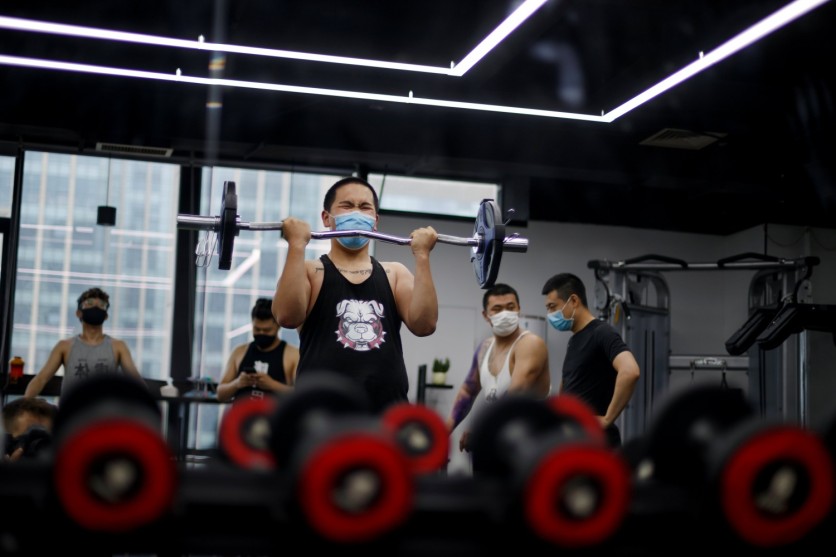Indoor fitness classes may provide a route to coronavirus spreading, South Korean researchers say.

Researchers found evidence that a single, intensive dance workshop caused COVID-19 to spread to 112 different people.
The infections aren't new. The class was held in February, and all cases were reported on Mar. 9. However, the new work offers insight into how easily coronavirus can spread in enclosed spaces.
ALSO READ : STOP GOING TO THE GYM! Expert Warns About the Risk of Coronavirus Infection from the Gym
Here's how it spreads
The initial class, conducted in Cheonan, South Korea, included approximately 30 teachers. They trained intensively for four hours. While there were no symptoms at the time, the virus was eventually tested positively by eight instructors.
"All were asymptomatic on the day of the workshop," the team at Dankook University Hospital wrote in the Emerging Infectious Diseases journal.
On Mar. 9, the researchers identified 112 Covid-19 cases associated with fitness dance classes in Cheonan's 12 different sports facilities.
Half of the cases resulted from direct transmission from instructors to students. Some individuals continued to infect others outside of class.
The teachers and students only met during lectures, which lasted twice a week for 50 minutes, and had no interaction outside of class. "On average, students developed symptoms 3.5 days after participating in a fitness dance class," the Dankook team wrote.
Packed, sweaty classes
Before sports facilities were closed, the researchers said a total of 217 students were exposed in 12 facilities, an attack rate of 26.3%.
The high aerobic intensity and fitness dance classes set to Latin rhythms have become common in South Korea, researchers said. The team referred in particular to the Zumba classes, a dance-style class characterized by lively music and tightly packed rooms.
According to Dankook's Sukbin Jang and colleagues, several factors may have made it easier for the virus to spread.
Classes linked to the transmission had five to 22 students and took place in small spaces for almost an hour. No cases were seen in classes with fewer than five.
However, one of the instructors taught Pilates and yoga. None of her students took the virus on, the research said.
"We hypothesize that the lower intensity of Pilates and yoga did not cause the same transmission effects as those of the more intense fitness dance classes," the researchers said.
Fitness studios have always been germy
It is just a game of numbers, scientists say. When it comes to transmitting infectious disease, the most dangerous thing in a small area is a crowd of people - like, say, the 50 to 60 in a community exercise class.
According to the National Institutes of Health, full-capacity gyms and fitness studios are at risk of infection with respiratory diseases such as flu and tuberculosis. The concern if they are without adequate ventilation is even worse.
Surfaces of gym and fitness equipment are vulnerable to harboring staphylococci bacteria. They may also be a breeding ground for HPV, strep, and E. Coli.
Epidemiologists explained that this combination of potentially contaminated surfaces and objects, the lack of social distancing, and heavy breathing makes fitness studios extremely risky. Minimizing that risk through things like masks, ventilation, and thorough cleaning is absolutely key.
"Gyms can be difficult places to maintain social distancing," said Saskia Popescu, an infection prevention epidemiologist and biodefense researcher.
Popescu said the volume of high-touch surfaces and objects makes them uniquely challenging for infection prevention efforts.
In fact, the CDC has suggested masks in those settings where social distancing is difficult, which people can't always do while they're working out. Epidemiologists prescribe providing masks for clients, reduce gym capacity, and maintain at least six feet distance for those who are going out of their homes.
ⓒ 2025 TECHTIMES.com All rights reserved. Do not reproduce without permission.




